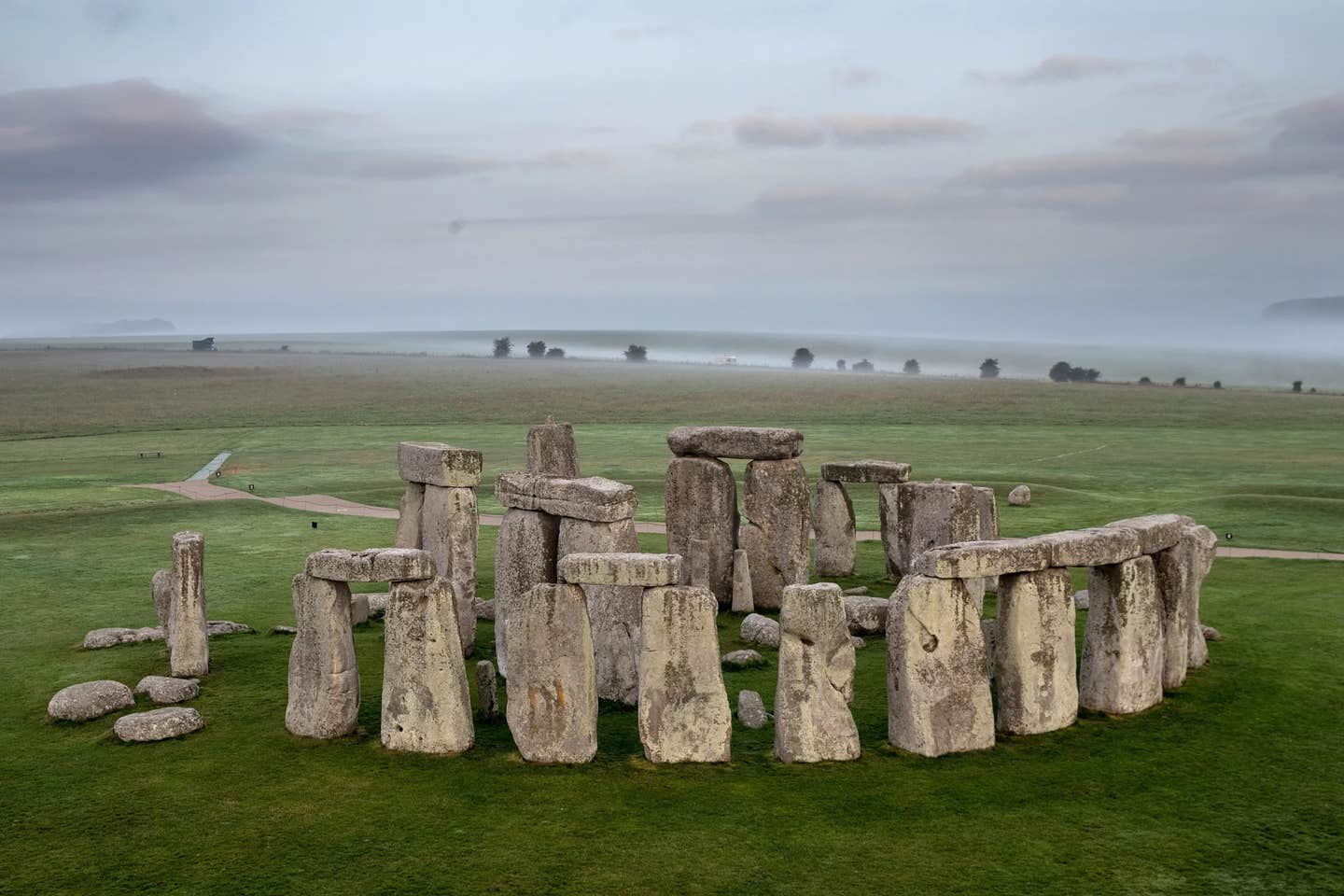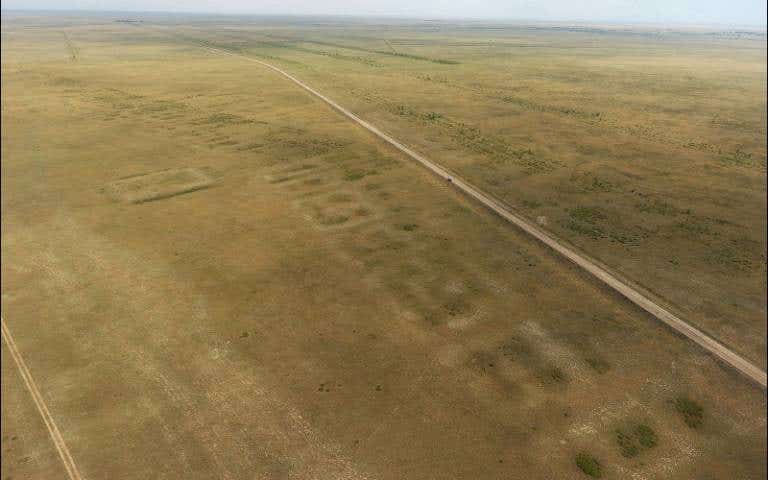The myth of Stonehenge’s purpose as an ancient calendar exposed
The prehistoric megalithic structure, attracts thousands of visitors every year, who come to marvel at its massive stones and mysteries.

[Mar. 25, 2023: JJ Shavit, The Brighter Side of News]
Finding new and sustainable ways to mine these critical minerals is crucial to meeting the increasing demand while minimizing environmental harm. (CREDIT: Creative Commons)
Stonehenge is undoubtedly one of the most iconic and enigmatic monuments in the world. The prehistoric megalithic structure, located in Wiltshire, England, attracts thousands of visitors every year, who come to marvel at its massive stones and ponder over the mysteries of its construction and purpose.
For centuries, Stonehenge has been shrouded in mystery, with various theories being put forward to explain its purpose and significance. In recent years, however, archaeologists and experts in archaeoastronomy have made significant strides in understanding the monument’s origins and its place within the broader context of ancient landscape and culture.
The current consensus among scholars is that Stonehenge was primarily a “place for the ancestors,” located within a complex ancient landscape that included several other elements. Archaeoastronomy has played a crucial role in this interpretation, with Stonehenge exhibiting an astronomical alignment to the sun that refers to both the summer solstice sunrise and the winter solstice sunset.
This symbolic interest in the solar cycle is thought to be related to the connections between the afterlife and winter solstice in Neolithic societies. However, a recent theory published in the Archaeology Journal Antiquity has challenged this view, proposing that Stonehenge represents a calendar based on 365 days per year, divided into 12 months of 30 days plus five epagomenal days, with a leap year added every four years.
Related Stories
According to this theory, the number of days is obtained by multiplying the 30 sarsen lintels (probably) present in the original project by 12 and adding to 360 the number of the standing trilithons of the Horseshoe, which is five. The addition of a leap year every four is related to the number of the “station stones,” which is four.
The authors of this theory suggest that this machinery was allegedly kept in operation using the solstice alignment of the axis and was supposedly taken from Egypt, much refining, however, the Egyptian calendar, which was of 365 days (the leap year correction was not present until Roman times).
This theory has been subjected to a rigorous stress test by two renowned experts in archaeoastronomy, Juan Antonio Belmonte (Instituto de Astrofísica de Canarias and Universidad de La Laguna, Tenerife, Spain) and Giulio Magli (Politecnico of Milan). In their paper, which is also going to be published in Antiquity, the authors show that the theory is based on a series of forced interpretations of the astronomical connections of the monument, as well as on debatable numerology and unsupported analogies.
The solstitial axis of Stonehenge viewed from the entrance. (CREDIT: Juan Belmonte)
Firstly, regarding astronomy, although the solstice alignment is quite accurate, Magli and Belmonte show that the slow movement of the sun at the horizon in the days close to solstices makes it impossible to control the correct working of the alleged calendar. The device, composed of huge stones, would need to be able to distinguish positions as accurate as a few arc minutes, that is, less than 1/10 of one degree. Thus, while the existence of the axis does show interest in the solar cycle in a broad sense, it provides no proof whatsoever for inferring the number of days of the year conceived by the builders.
Secondly, the theory relies heavily on numerology, which is always a risky procedure when attributing meanings to “numbers” in a monument. In this case, a “key number” of the alleged calendar, 12, is not recognizable anywhere, as well as any means of taking into account the additional epagomenal day every four years. Other “numbers” are simply ignored, such as the fact that the Stonehenge portal was made of two stones, which could have easily disrupted the supposed numerical pattern of the calendar. This selective interpretation of numbers is known as the "selection effect," where only the elements that support a desired interpretation are extracted from the material records.
New analysis suggests the design of Stonehenge may have represented a calendar, which enabled people to track a solar year of 365.25 days based on the alignment of the sun on the solstices. The large sarsens at the site appear to reflect a calendar with 12 months of 30 days. (CREDIT: Antiquity)
Despite the debunking of the theory that Stonehenge was a giant calendrical device, the monument still holds many mysteries and fascinations for archaeologists and visitors alike. Its massive stones and impressive engineering continue to awe and inspire, and its importance as a site of ancestral worship and connection to the ancient landscape cannot be denied.
In recent years, new discoveries have shed further light on Stonehenge's past. In 2019, archaeologists announced the discovery of a ring of massive shafts surrounding the monument, believed to date back to the same time period. The discovery has been hailed as one of the most significant archaeological finds in the UK in recent years, and suggests that the area around Stonehenge was even more significant than previously thought.
The shafts are believed to have been dug using antler picks and wooden shovels, and would have taken a considerable amount of time and effort to construct. They are arranged in a circular pattern around Stonehenge, and are believed to have served as a boundary marking the sacred space of the monument.
Further research into the shafts has revealed that they are aligned with the rising and setting of the sun at the solstices, providing further evidence of the importance of astronomical alignment in the construction and use of the site.
Other recent discoveries include the remains of a large ceremonial platform at nearby Durrington Walls, which is believed to have been used for ritual feasting and other communal activities. The platform is thought to have been used in conjunction with Stonehenge, and may have been a gathering place for the people who built and used the monument.
For now, Stonehenge remains a site of mystery and wonder. Its significance to the people who built it may never be fully understood, but its enduring legacy as a symbol of ancient wisdom and connection to the land continues to captivate and inspire visitors from around the world.
Note: Materials provided above by The Brighter Side of News. Content may be edited for style and length.
Like these kind of feel good stories? Get the Brighter Side of News' newsletter.



